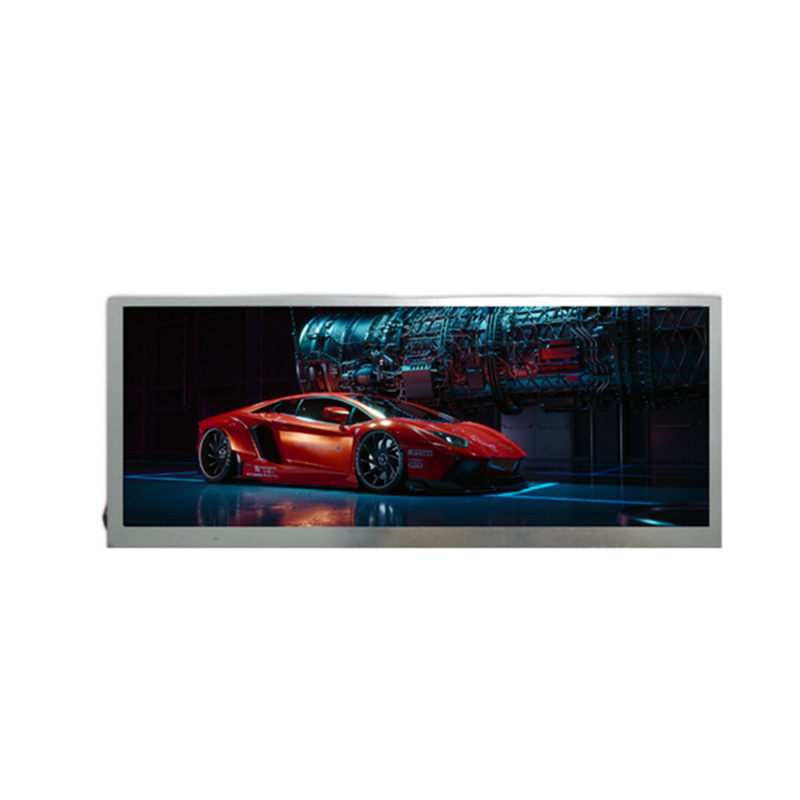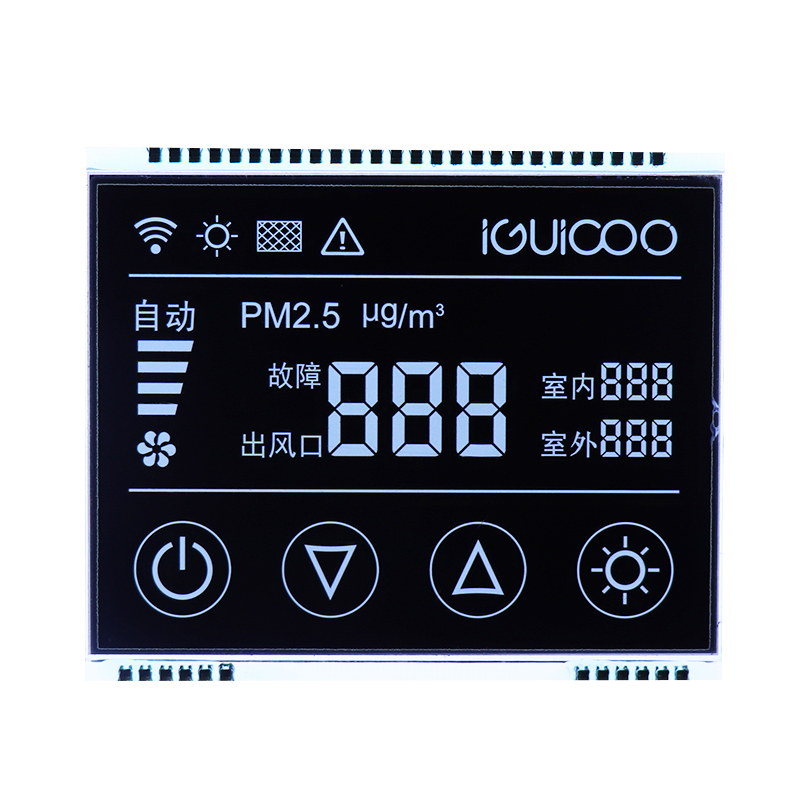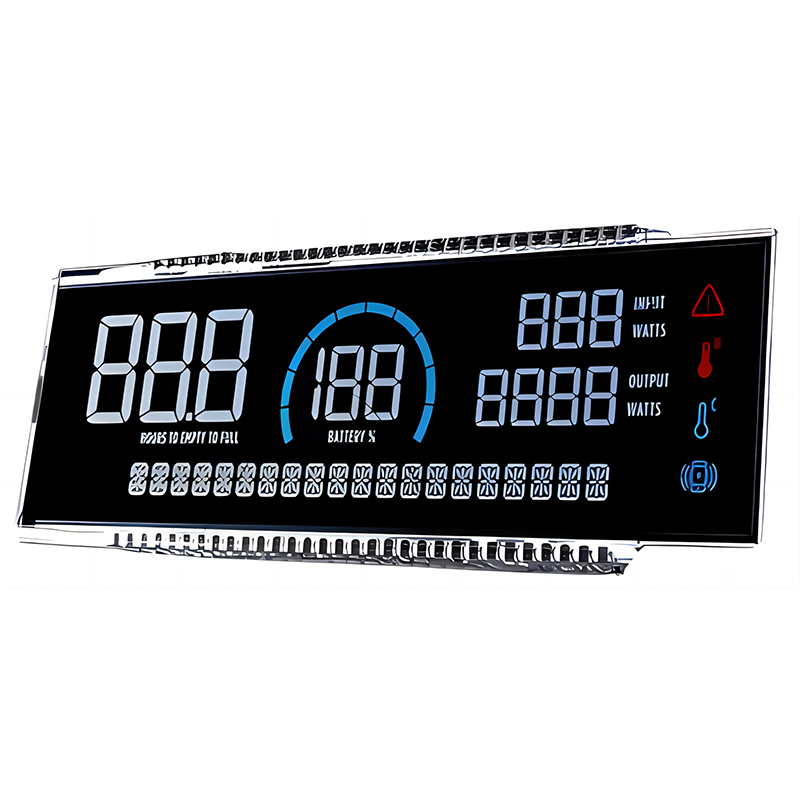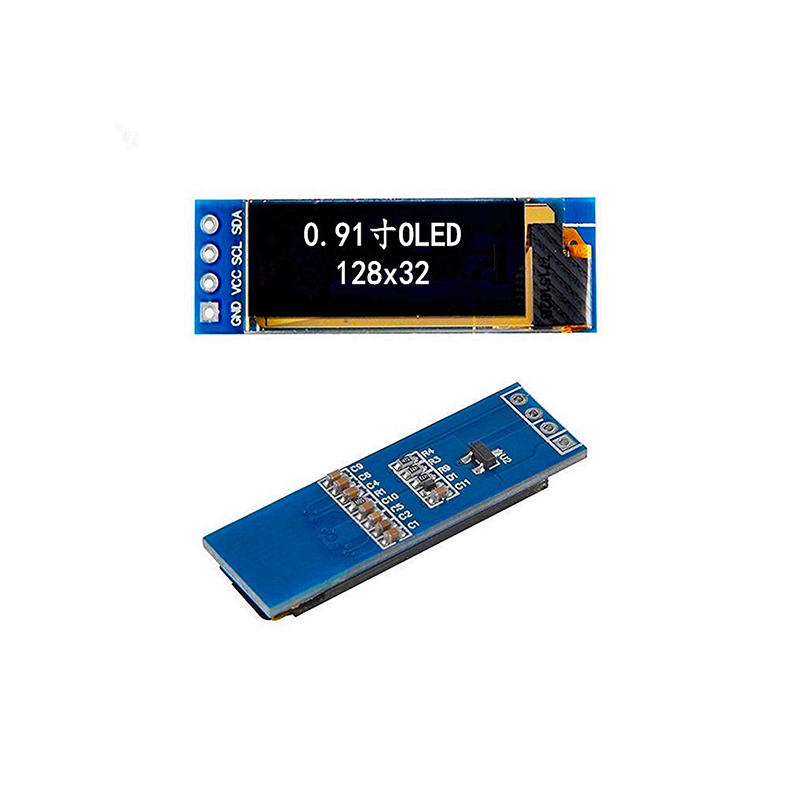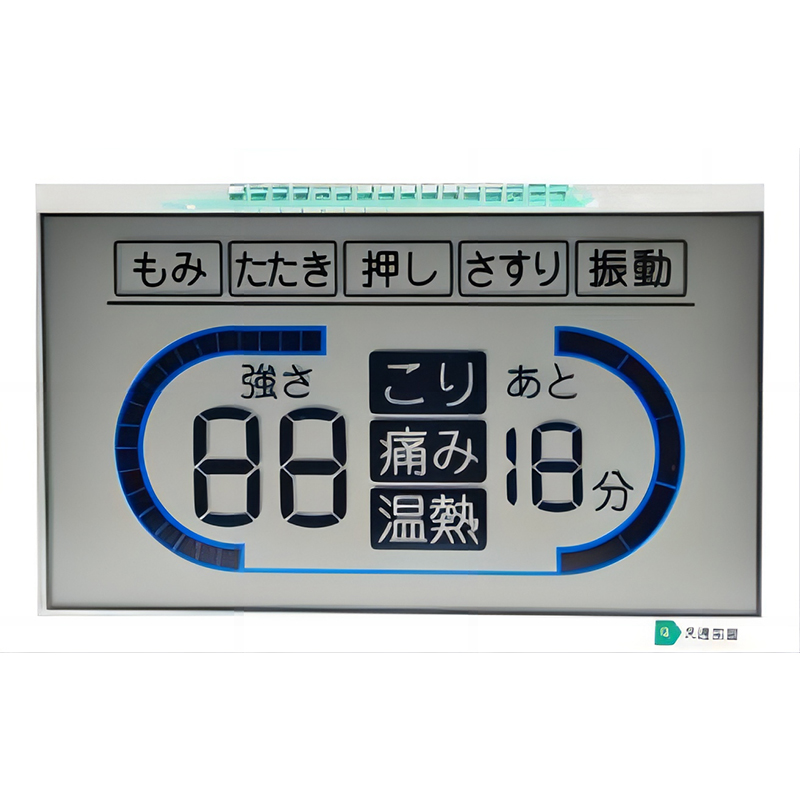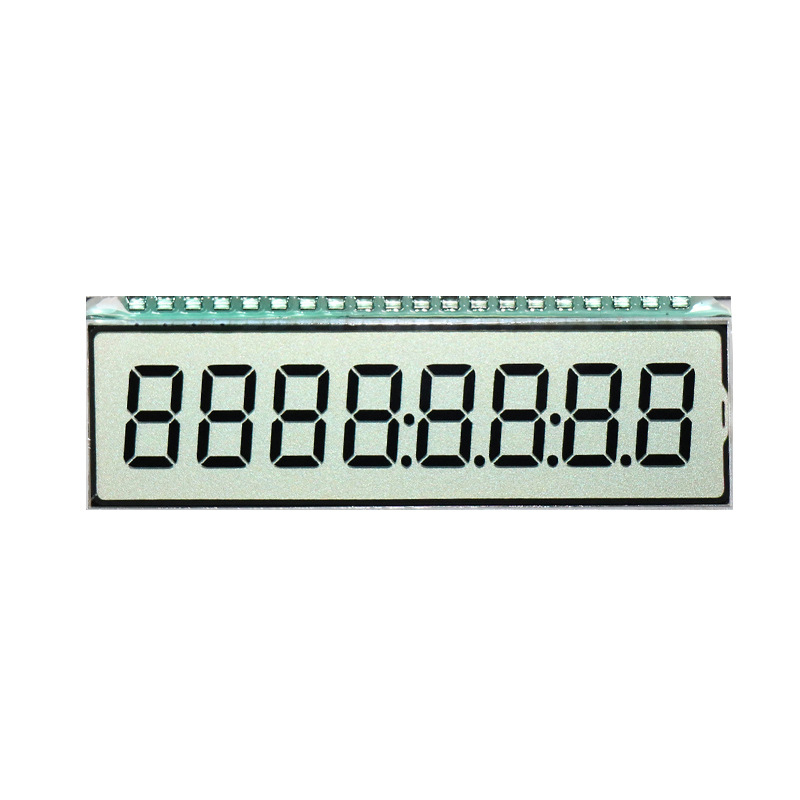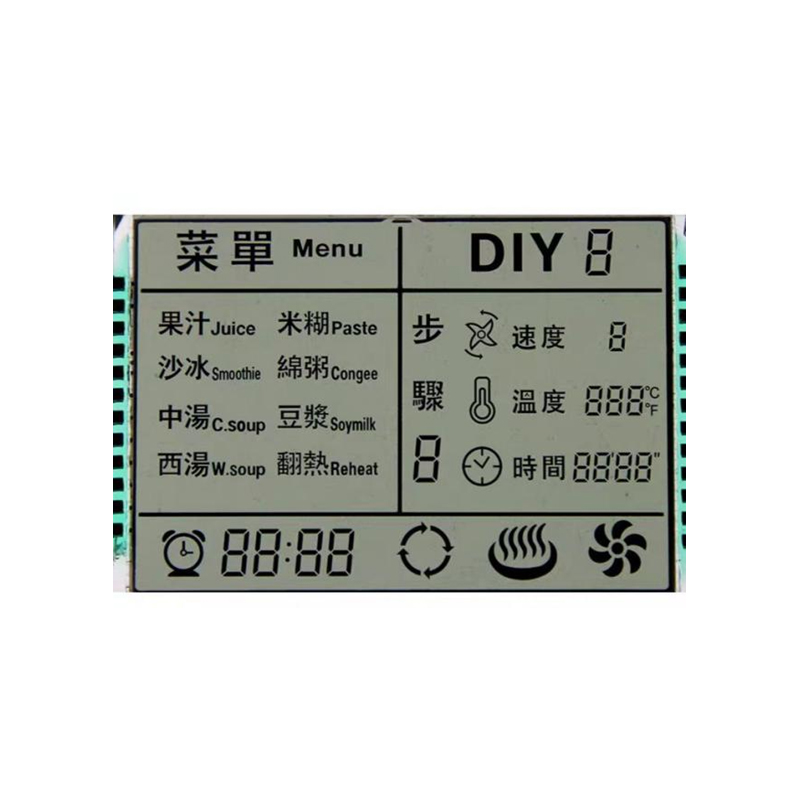
This comprehensive guide explores the Adafruit 160x128 TFT display, covering its specifications, applications, and integration into various projects. Learn how to leverage its capabilities and overcome common challenges. We'll delve into coding examples, troubleshooting tips, and resources to help you master this versatile display.
The Adafruit 160x128 TFT display is a popular choice for embedded systems and hobbyist projects due to its compact size, vibrant color, and relatively low cost. Key specifications include its 160 x 128 pixel resolution, 18-bit color depth (262,144 colors), and SPI interface. Its compact size makes it ideal for portable devices and space-constrained projects. The display's bright, clear image is excellent for displaying text, graphics, and even simple animations. Its SPI interface simplifies communication with microcontrollers, like Arduino or Raspberry Pi. However, it's crucial to note that the specific driver IC and controller might vary depending on the manufacturing batch, potentially affecting compatibility with certain libraries and projects.
Several controllers are compatible with the Adafruit 160x128 TFT display. Understanding the controller used in your specific display is critical for selecting the appropriate library and programming interface. Common controllers include ST7735, ILI9163, and others. Refer to the Adafruit website or the documentation accompanying your specific display for precise controller information.
Connecting the Adafruit 160x128 TFT display typically involves connecting the display's data, clock, chip select, and control pins to your microcontroller using standard SPI connections. Consult the specific documentation for pin assignments; these can vary between different versions and controllers. Powering the display usually requires a 3.3V supply. Note that improper wiring can damage the display, so double-check all connections before powering up.
Numerous software libraries simplify interacting with the Adafruit 160x128 TFT display. Adafruit provides its own libraries for Arduino and other platforms. These libraries provide functions for drawing shapes, text, and bitmaps. Many online resources offer tutorials and examples demonstrating how to use these libraries. Mastering these libraries is crucial for efficiently utilizing the display's features. Remember to install the correct library corresponding to your specific display controller.
The versatility of the Adafruit 160x128 TFT display makes it suitable for a wide range of applications. Here are a few examples:
Troubleshooting problems with the Adafruit 160x128 TFT display often involves verifying connections, ensuring correct power supply, and checking for software errors. Common problems include blank screens, incorrect color display, and display artifacts. Refer to online forums and the Adafruit support resources for solutions to specific problems. Consider checking your wiring diagrams and ensuring that your software library matches your display's controller.
When sourcing your Adafruit 160x128 TFT display, consider factors like price, quality, and lead times. While Adafruit itself is a well-known supplier, exploring other reputable distributors can offer competitive pricing and potentially faster shipping. For high-volume projects, consider contacting manufacturers directly like Dalian Eastern Display Co., Ltd. for customized solutions and bulk pricing. Always check reviews and feedback from other users to gauge the reliability of a supplier.
The Adafruit 160x128 TFT display offers a powerful and cost-effective solution for a variety of projects. By understanding its specifications, properly connecting it, and utilizing appropriate libraries, you can unlock its full potential and create impressive embedded systems.

